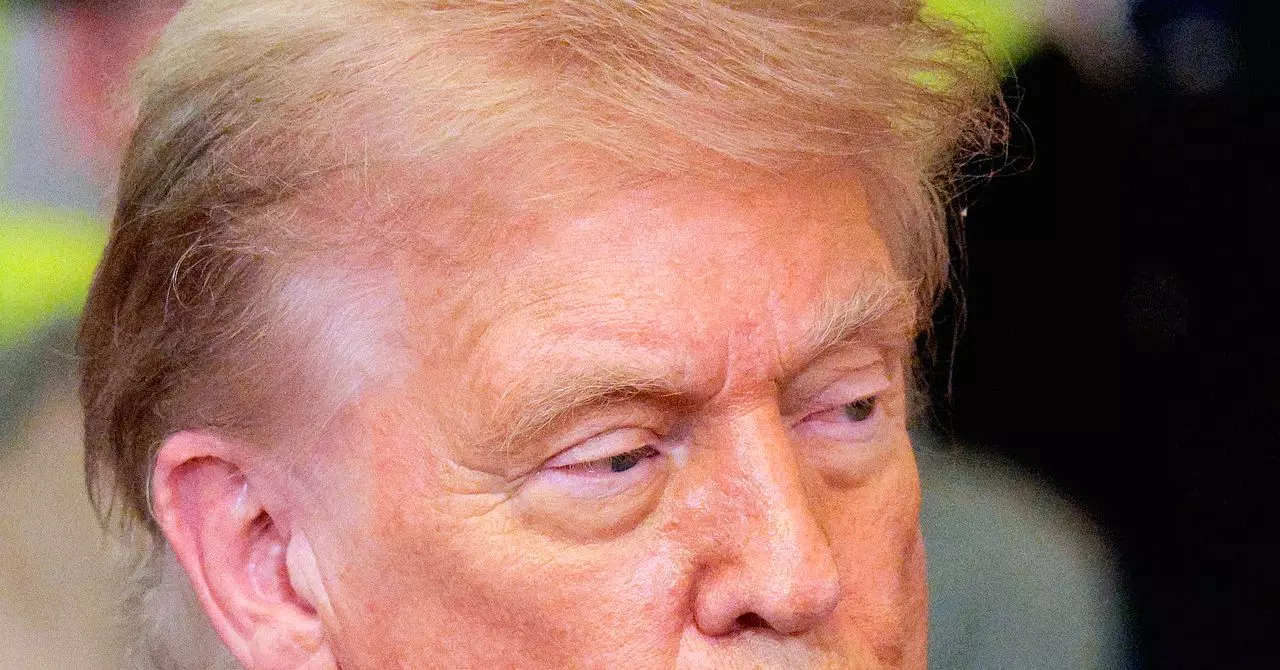In the rapidly evolving discourse around artificial intelligence regulation, one legislative proposal has sparked intense friction: the so-called AI moratorium initially demanding a decade-long pause on state-level AI regulations. This moratorium, spearheaded by White House AI advocate David Sacks, aimed to create breathing room for federal frameworks to emerge, yet it has been met with widespread resistance. The central challenge arises from its sweeping nature—essentially halting states’ ability to safeguard their constituents at a time when AI technologies are permeating every aspect of public life.
The Biden administration’s push for a “Big Beautiful Bill,” designed to stimulate AI innovation and market growth, appears to prioritize federal uniformity over local autonomy. However, this focus overlooks the nuanced threats AI poses at the community and consumer level, from exploiting children to undermining creators’ intellectual property rights. Key figures such as Senator Marsha Blackburn and Senator Ted Cruz attempted a compromise, shrinking the moratorium from ten to five years and injecting carve-outs for protections like child safety and publicity rights. Yet, controversy persists, with Blackburn herself ultimately rejecting even this diluted version.
Carve-Outs and Loopholes: The Devil is in the Details
The updated moratorium provision attempted to mollify critics by preserving exceptions for a variety of state laws—those concerning unfair trade practices, child protection online, and rights of publicity, including the prevention of AI-generated deepfakes. These concessions, while significant on paper, come laden with a crucial limitation: states are barred from enacting regulations that impose an “undue or disproportionate burden” on AI systems or automated decision-making technologies.
This vague constraint wields the potential to undermine any robust regulatory attempt. In practice, it creates a legal shield around AI developers, disincentivizing states from pursuing rigorous enforcement mechanisms that might slow AI deployment or demand greater accountability. Critics, such as Senator Maria Cantwell, warn this could spawn “a brand-new shield against litigation and state regulation,” effectively handing Big Tech a carte blanche to circumvent meaningful oversight.
Moreover, the carve-outs have ignited skepticism across the ideological spectrum. The International Longshore & Warehouse Union, for example, decries the moratorium as “dangerous federal overreach,” concerned with broad federal preemption restricting diverse worker protections and other state interests. On the other end, populist figures like Steve Bannon perceive the five-year delay as a stealth period for tech giants to entrench unregulated dominance, foreshadowing entrenched digital monopolies and exploitative practices.
The Stakes Behind the Shifting Political Positions
Senator Blackburn’s public indecision encapsulates the political complexities entwined with AI regulation. Initially opposing the moratorium, then collaborating on a compromised version, and later rejecting even this softened approach, Blackburn’s flip-flopping reflects pressure from competing constituencies. Tennessee, her home state, is a hub for the music industry—a sector directly threatened by AI-generated content and deepfake technologies. Blackburn’s insistence on safeguards against AI misuse in the creative sector is understandable, yet lobbing general moratorium opposition signals deeper unease with broad federal constraints limiting states’ regulatory sovereignty.
This dynamic highlights a core tension: balancing innovation incentives with meaningful consumer and creator protections. Lawmakers often wrestle with fears that stringent rules might stifle technological progress, job creation, and economic growth. Yet failure to act decisively risks allowing AI systems to perpetuate bias, exploit vulnerable populations, amplify misinformation, and erode privacy and intellectual property without recourse.
Why a Moratorium Alone Won’t Suffice
Beyond these political and legal debates lies a fundamental truth—moratoriums are a blunt instrument ill-suited to AI’s complexity. Artificial intelligence does not pose uniform risks or benefits across sectors; its applications range from harmless convenience tools to decision-making systems affecting criminal justice, healthcare, and education. A blanket pause on regulation, even with limited carve-outs, sacrifices proactive governance opportunities during a critical window where policies could shape ethical AI development.
Advocacy groups like Common Sense Media highlight that the moratorium’s “undue burden” clause threatens to gut any initiative aiming to secure safe online environments for children. Instead of placing temporary breaks on legislation, what is required is a thoughtfully calibrated framework that simultaneously fosters innovation and insures against harm. Policies must be adaptive, transparent, and enforceable, with robust avenues for state and federal collaboration rather than exclusion.
The debate surrounding the AI moratorium is emblematic of broader governance challenges in the digital age—how to regulate swiftly mutating technologies without hampering progress or leaving vulnerable populations exposed. As states push back against federal constraints, Congress must grapple with the limits of moratoriums and weigh the imperative to enact comprehensive, practical, and inclusive AI policies that safeguard citizens effectively.

